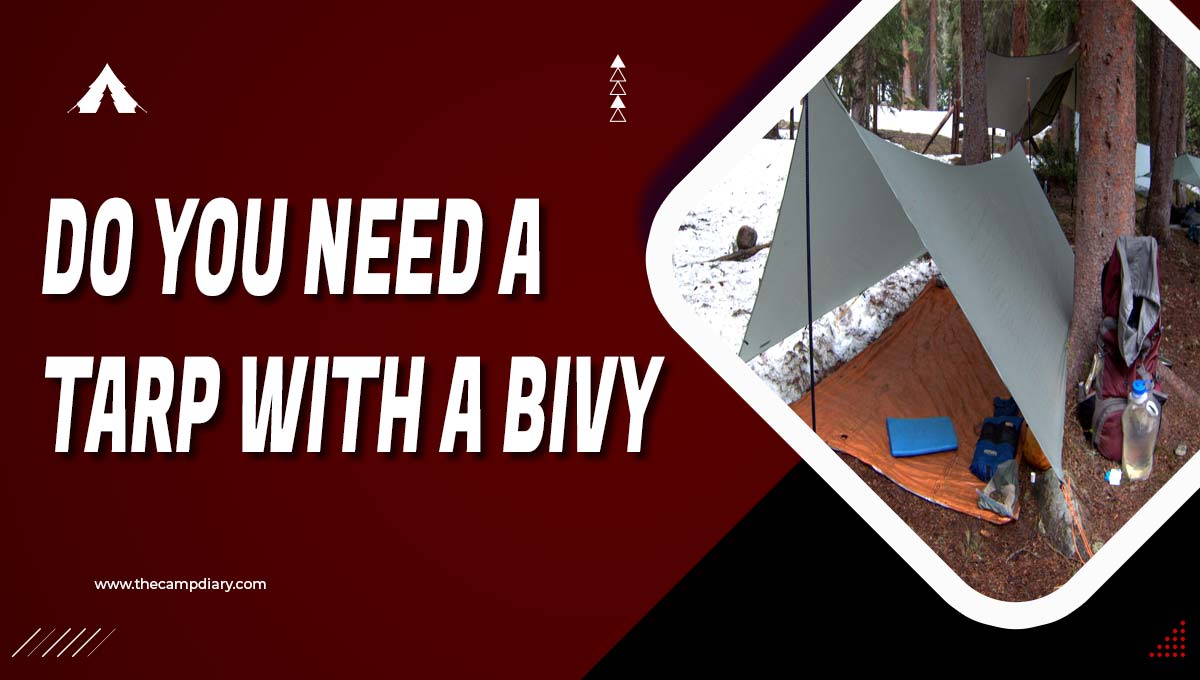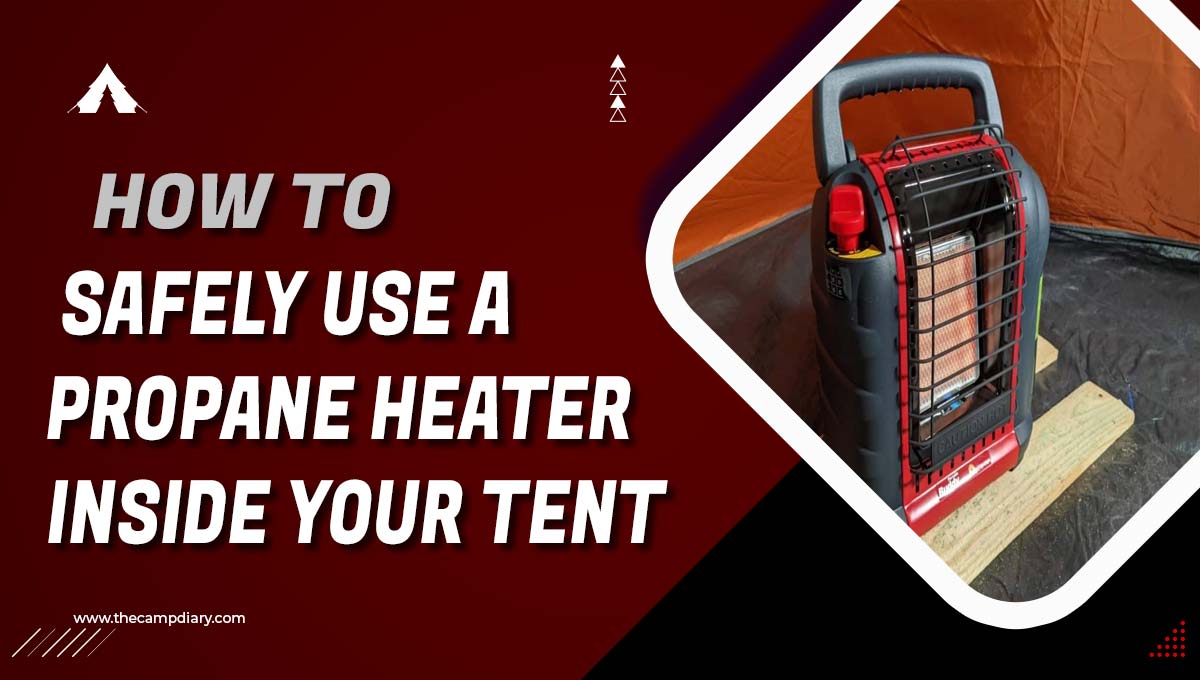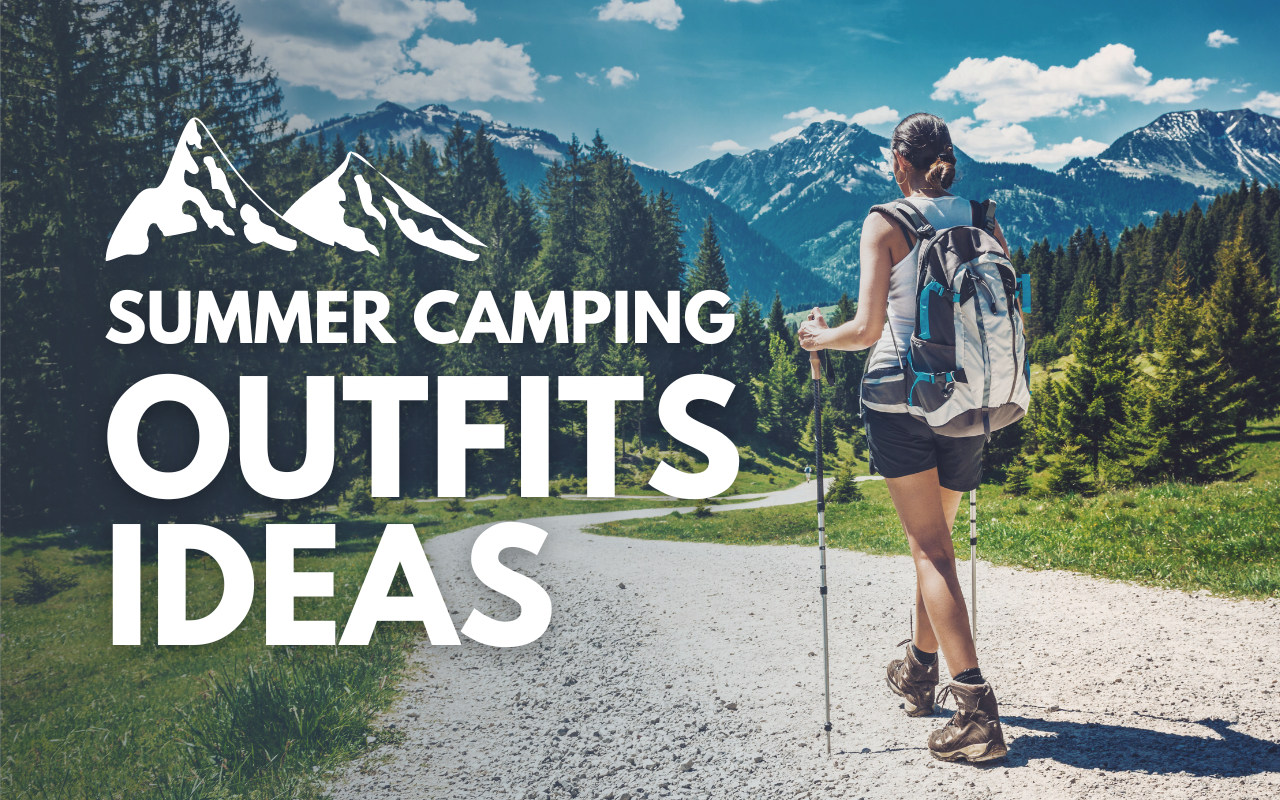Everyone needs a bivy sack, but not everyone has the time or experience to make one themselves. That’s where gear manufacturing companies come in, providing a variety of gear from hammocks to tarps to sleeping bags. These companies have been around for decades and are some of the best in the business, so if you’re looking for quality gear without having to break your back on DIY projects, you should definitely give them a call.
Do You Need a Tarp With a Bivy?
A tarp with a bivy is a great option for backpacking and camping. It can be used as an extra layer of protection from the elements, or as a place to sleep. A bivy is a shelter that uses two sheets of fabric to create an enclosed area.
Different tarp sizes and configurations are available with bivies, so it’s important to choose the right one for your needs. A large, flat tarp can be used as both a shelter and a ground cover, while a small, triangular tarp is best suited for use as a shelter only.
If you’re planning on using your tarp with a bivy, make sure to pack enough supplies: stakes for securing the corners, cordage in different lengths for tying off the edges, and waterproof material for sealant.
How to use a tarp with bivy
A tarp can provide shelter from the rain and wind, and it is also useful for covering a bivy when camping in wet or cold conditions. A tarp with a bivy can be set up quickly and easily, making it an ideal option for backcountry camping.
To set up a tarp with a bivy, first make sure that the tarp is large enough to cover both the bivy and the ground. Place the bivy on top of the tarp, and then spread out the excess fabric so that it covers all of the ground beneath it. Use trekking poles to hold down the edges of the fabric while you tie them into place using carabiners. To protect yourself from wind and rain, place your gear inside the tarp before tying it down.
What is the difference between tarps and bivies
A tarp and a bivy are both types of shelter, but they have some key differences. A tarp is usually bigger and wider than a bivy, and it’s designed to cover more area. Tarps are also waterproof, making them great for rain or snow camping.
Bivies are smaller and narrower than tarps, and they’re designed to fit in the space between two trees or poles. Bivies can be used in mild weather conditions, but they don’t offer as much protection from weather conditions as a tarp does.
If You Are Going to Be Hunting or Adventure Sports in Cold Environments
If you are going to be hunting or adventure sports in cold environments, you will want to consider investing in a tarp with a bivy. A tarp with a bivy is a waterproof and weatherproof shelter that can be used to sleep in inclement weather. The bivy, which is typically an enclosed space made out of several layers of fabric, provides insulation from the elements and can be used as a shelter from the rain or snow.
A tarp with a bivy can be used for many different activities, including camping, backpacking, hunting, fishing, skiing, snowboarding and mountaineering. When choosing your tarp with a bivy, make sure to consider your needs and how it will be used. For example, if you plan on camping in cold weather conditions, choose a large enough tarp so that you have room to move around inside it. If you are using your tarp for hunting or other outdoor activities where mobility is key, choose a smaller option that folds up easily for storage.
Read Also : Do you need a pillow in a hammock?
Conclusion
A tarp with a bivy is an essential camping gear item for inclement weather. It can provide shelter from the rain and wind, as well as keep you warm during colder evenings or nights. However, it is important to note that not all tarps are created equal; some may be too heavy or bulky to use in situations where you need to be fast and lightweight. In order to make the best decision for your individual needs, I recommend purchasing a tarp with a bivy specifically designed for backpacking and camping.



![How Do I Stop My Travel Trailer From Rocking [10 Tips in 2023]](/uploads/how-do-i-stop-my-travel-trailer-from-rocking.jpg)
![How to Plan a Camping Trip - [Guide 2023]](/uploads/how-to-plan-a-camping-trip.jpg)
![How To Check Ammonia Level In RV Fridge [2023 Guide]](/uploads/how-to-check-ammonia-level-in-rv-fridge.jpg)

![How Much Firewood Do I Need For Camping [2023 Detail Guide]](/uploads/how-much-firewood-do-i-need-for-camping.jpg)